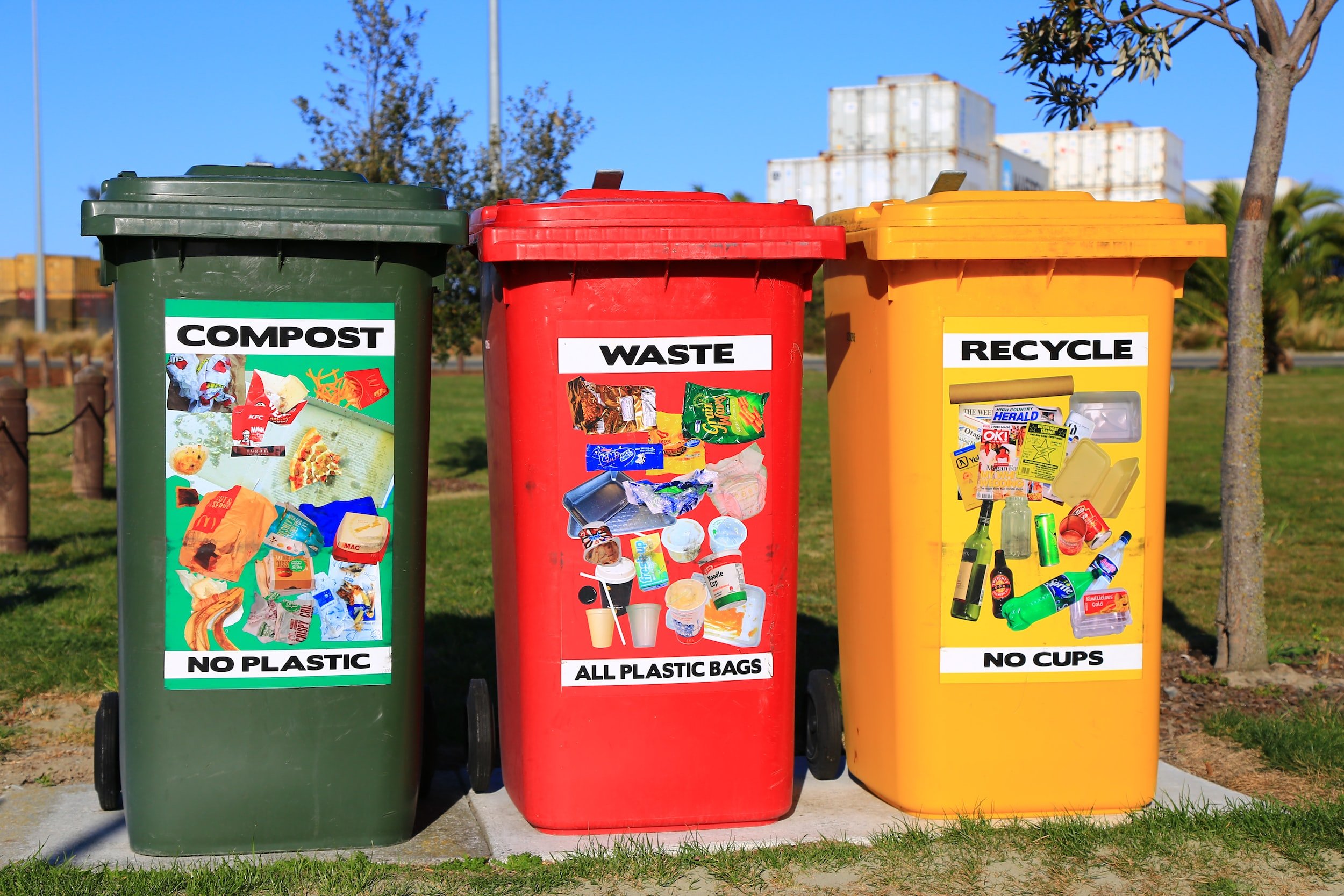101 Energy Efficiency Tips
1. Turn off lights in empty rooms
2. Unplug electronics when they're not in use
3. Wash clothes in cold water
4. Use a clothesline instead of a dryer
5. Set your thermostat lower in the winter and higher in the summer
6. Use a programmable thermostat to automatically adjust temperatures
7. Use a space heater instead of heating the whole house
8. Insulate your attic and walls
9. Install weatherstripping around doors and windows
10. Seal air leaks in your home
11. Use natural light instead of artificial light during the day
12. Choose energy-efficient light bulbs
13. Use a power strip for electronics and turn it off when not in use
14. Take shorter showers
15. Fix leaky faucets and toilets
16. Don't leave the refrigerator or freezer door open too long
17. Choose energy-efficient appliances
18. Use a microwave instead of an oven for small meals
19. Cook with lids on pots and pans
20. Use the dishwasher only when it's fully loaded
21. Use a low-flow showerhead
22. Use a toaster oven instead of a regular oven for small meals
23. Plant shade trees around your home to reduce cooling costs
24. Keep vents and air filters clean
25. Turn off the water while brushing your teeth
26. Use a bucket to catch water while showering and use it to water plants
27. Use a bike or walk instead of driving short distances
28. Use public transportation instead of driving alone
29. Carpool to work or events
30. Inflate your car tires to the recommended pressure
31. Use cruise control while driving to save fuel
32. Plan your errands in advance to reduce driving time
33. Take advantage of telecommuting or work from home options
34. Share your refrigerator with neighbors to reduce the energy needed for each individual fridge
35. Turn off your computer when it's not in use
36. Use a laptop instead of a desktop
37. Use an inkjet printer instead of a laser printer
38. Set your printer to use double-sided printing
39. Recycle old electronics
40. Use reusable shopping bags and containers
41. Take stairs instead of elevators when possible
42. Plant a vegetable garden to reduce transportation emissions of produce
43. Use a push lawn mower instead of a gas-powered one
44. Choose sustainable and local foods
45. Donate and recycle old clothes and textiles
46. Repair broken items instead of buying new ones
47. Use a reusable water bottle
48. Choose sustainable travel options when on vacation
49. Opt for eco-friendly cleaning products
50. Use a broom instead of a leaf blower
51. Choose rechargeable batteries over disposable ones
52. Opt for paperless billing and banking
53. Use a low-flow toilet
54. Use biodegradable cleaning products
55. Use a humidifier instead of a space heater for dry air
56. Use a clothes steamer instead of an iron
57. Use natural air fresheners like essential oils
58. Use a reusable coffee filter instead of disposable ones
59. Don't overuse your air conditioning
60. Install energy-efficient windows
61. Incorporate solar panels into your home
62. Use a rain barrel to collect water for plants
63. Use a compost bin for kitchen scraps and yard waste
64. Choose energy-efficient ceiling fans
65. Use non-toxic pest control methods
66. Use public parks instead of traveling to private recreational areas
67. Choose electric or hybrid vehicles
68. Turn off your car instead of idling
69. Choose eco-friendly beauty and personal care products
70. Use a steam cleaner instead of harsh chemicals for cleaning
71. Use a reusable cloth instead of paper towels
72. Choose eco-friendly housing materials
73. Use reusable menstrual care products
74. Choose eco-friendly office supplies
75. Use a solar-powered charger for electronics
76. Choose eco-friendly pet care products
77. Donate or recycle old books and magazines
78. Use a reusable lunch box and food containers
79. Participate in local litter cleanups
80. Choose bamboo or hemp textiles
81. Participate in local sustainability initiatives
82. Use a manual lawn mower instead of gas-powered one
83. Choose wooden or bamboo kitchen utensils
84. Use a blender or food processor instead of pre-packaged foods
85. Choose sustainable and ethical clothing brands
86. Use a reusable fabric shower curtain
87. Choose eco-friendly furniture and home decor
88. Use a reusable menstrual cup instead of disposable products
89. Use a reusable straw instead of plastic ones
90. Choose natural and organic skincare products
91. Use a low-flow faucet head
92. Use a reusable sponge instead of disposable ones
93. Choose non-toxic and eco-friendly paint
94. Choose eco-friendly and recycled decor materials
95. Plan environmentally-friendly events and celebrations
96. Choose natural and non-toxic household cleaning products
97. Use a low-flow showerhead
98. Install solar-powered outdoor lighting
99. Choose eco-friendly and natural hygiene products
100. Participate in a community garden
101. Use a pressure cooker instead of a slow cooker for energy efficiency








